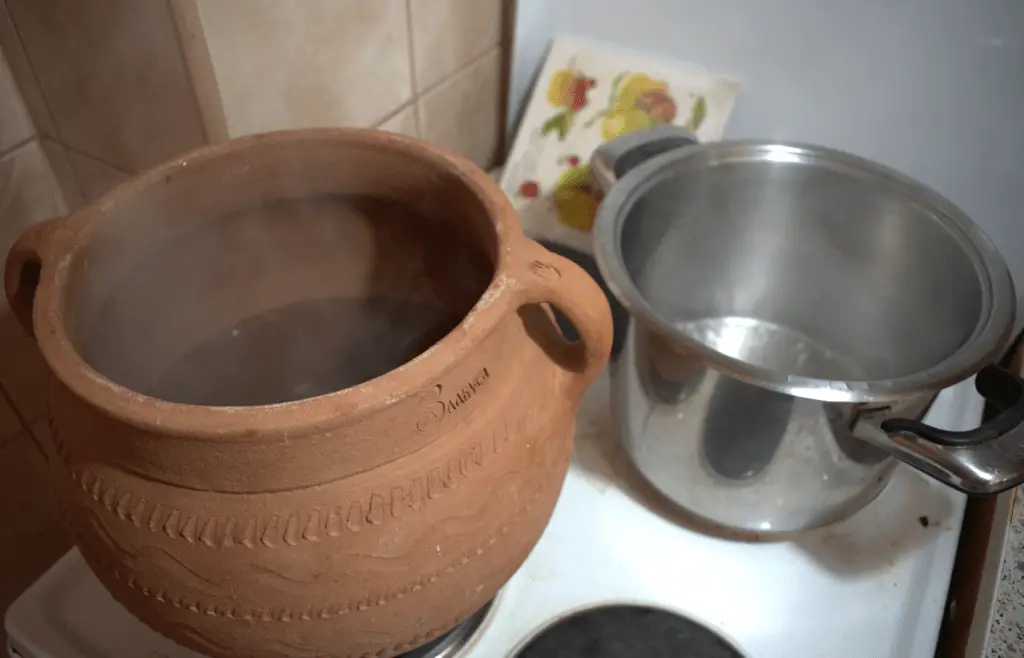In this article, we will explore the science behind why food tastes better when cooked in clay pots. We’ll discuss the benefits of clay pots and how they enhance the flavor and texture of food. Additionally, we’ll dive into the reasons why clay pots are popular for off-grid living. By the end, you’ll have a better understanding of why clay pots are a fantastic choice for cooking delicious meals.
The Science Behind Why Food Tastes Better in Clay Pots
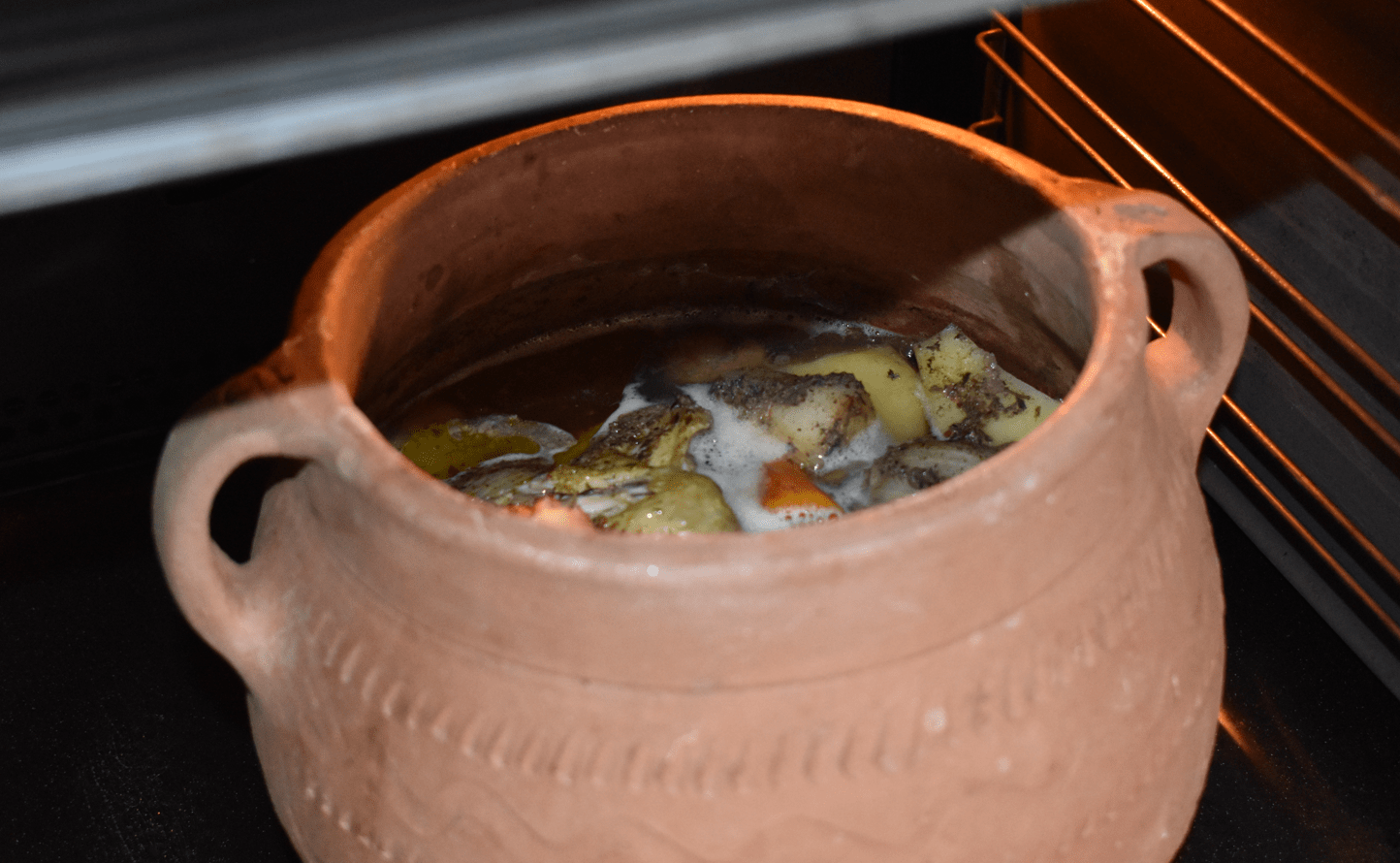
Introduction to the Science
Have you ever wondered why food cooked in clay pots seems to have a unique and delicious flavor? It turns out that there is a scientific explanation behind this phenomenon. The use of clay pots for cooking has been around for centuries, and it is still a popular method in many cultures around the world. In this article, we will explore the science behind why food tastes better in clay pots and the various factors that contribute to its enhanced flavor.
Understanding Clay Pots
Before we delve into the science, let’s first understand what clay pots are. Clay pots are made of natural clay that has been shaped and fired at high temperatures. They are known for their porous nature, which allows them to retain heat and moisture during the cooking process. The use of clay pots for cooking dates back to ancient times when our ancestors discovered the benefits of this versatile cooking vessel.

The Role of Porosity
One of the key factors that contribute to the enhanced flavor of food cooked in clay pots is their porosity. The microscopic pores in the clay allow for better heat distribution and moisture retention. When food is cooked in a clay pot, these tiny pores absorb moisture from the food and release it back into the dish, resulting in a more succulent and flavorful final product.
How Clay Pots Retain Moisture
Clay pots have the unique ability to retain moisture due to their porous nature. When food is cooked in a clay pot, the moisture from the ingredients is trapped within the pot, creating a steamy environment. This helps to keep the food moist and tender, enhancing its natural flavors. Unlike other cooking materials, such as metal or glass, clay pots prevent the food from drying out, resulting in a more enjoyable culinary experience.
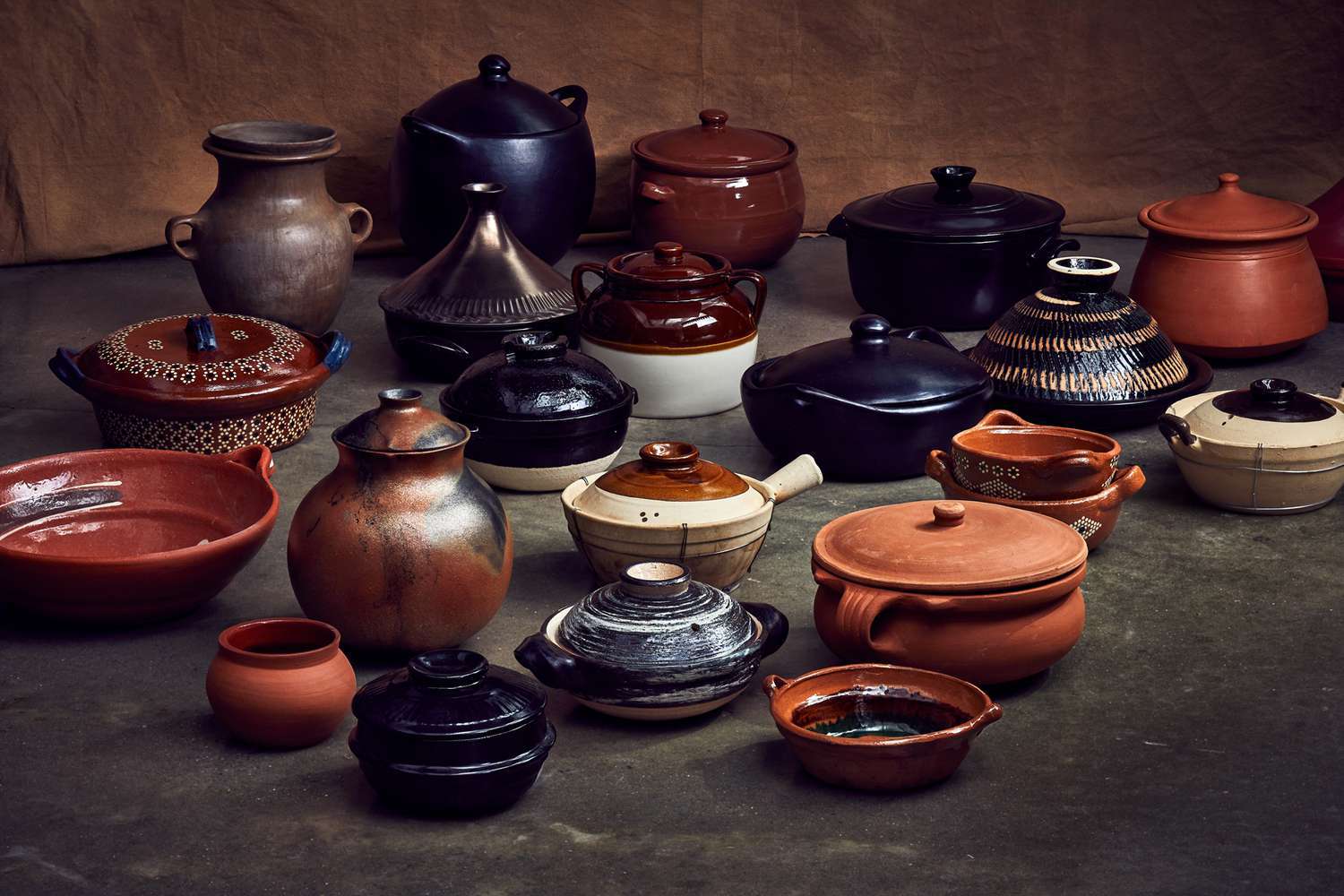
Heat Distribution in Clay Pots
Another reason why food tastes better in clay pots is the even distribution of heat. Clay has the ability to absorb and distribute heat evenly, ensuring that the food is cooked thoroughly and uniformly. This prevents any hot spots from forming, which can lead to uneven cooking and potentially alter the taste and texture of the food. The gentle and consistent heat provided by clay pots allows the flavors to meld together, resulting in a more well-balanced and delicious final dish.
Clay Pots and Flavor Enhancement
The porous nature of clay pots not only helps in retaining moisture but also contributes to flavor enhancement. As the food cooks, the flavors from the ingredients are absorbed by the clay, creating a sort of “seasoning” effect. With each use, the clay pot becomes seasoned and imparts its own unique flavor profile to the dishes cooked in it. This adds depth and complexity to the taste, making the food cooked in clay pots more flavorful and enjoyable.
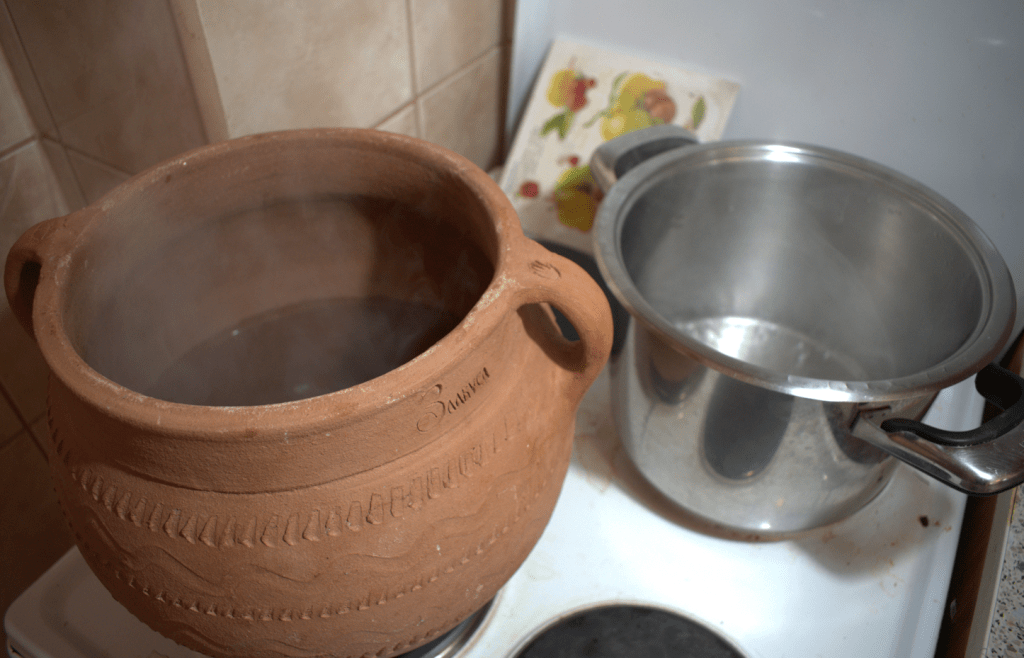
Chemical Reactions in Clay Pots
Clay pots also play a role in enhancing the chemical reactions that occur during cooking, resulting in heightened flavors. One such reaction is the Maillard reaction, which is responsible for the browning and caramelization of food. The porous surface of clay pots promotes the Maillard reaction, allowing for the development of rich flavors, aromas, and textures in the dishes. This reaction is particularly important in creating the delicious crusts and golden-brown coatings that are synonymous with well-cooked food.
The Maillard Reaction
The Maillard reaction occurs when amino acids and sugars in food react at high temperatures, resulting in the formation of new flavor compounds. This reaction is crucial for creating the distinct savory flavors found in seared meat, roasted vegetables, and toasted bread. When food is cooked in a clay pot, the porous surface of the pot assists in the Maillard reaction by allowing the necessary moisture and heat to interact with the ingredients, leading to a more pronounced and enjoyable flavor profile.
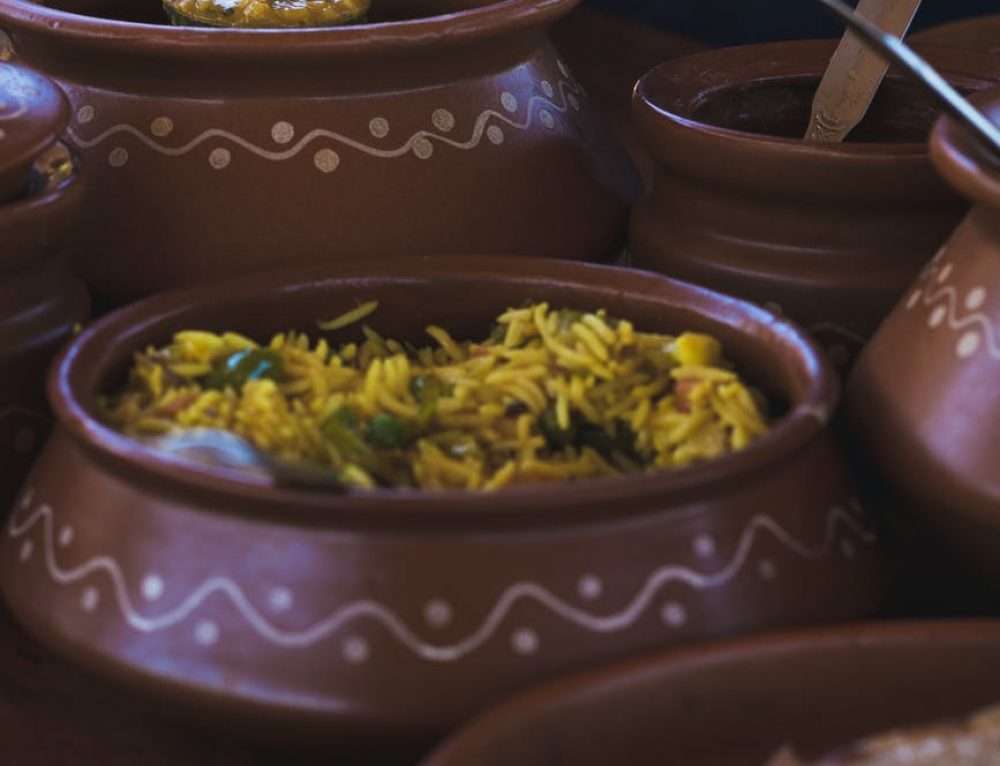
Clay Pots and pH Balance
Another aspect of clay pots that contributes to the enhanced taste of food is their ability to balance the pH level. Clay is naturally alkaline and can neutralize the acidity of certain ingredients, such as tomatoes. This can result in a smoother and less acidic taste in dishes that contain these ingredients. The pH balance achieved through cooking in clay pots helps to bring out the natural flavors of the food, making it more enjoyable and palatable.
The Impact of Minerals in Clay Pots
Clay pots contain a variety of minerals, such as calcium, iron, and magnesium, which can have an impact on the taste of food. These minerals can subtly infuse into the ingredients during the cooking process, adding complexity to the flavors. Additionally, these minerals can interact with the acidity or alkalinity of the food, further enhancing its taste. The presence of these minerals in clay pots contributes to the unique and delicious flavor of the dishes cooked in them.
Benefits of Cooking in Clay Pots
Beyond the enhanced flavor, cooking in clay pots offers several other benefits. Firstly, clay pots are natural and chemical-free, ensuring that no harmful substances leach into the food during the cooking process. This makes them a safer and healthier option compared to non-stick cookware or other types of pots. Additionally, clay pots are known for their excellent heat retention, allowing for energy-efficient cooking. They can be heated slowly and maintain a steady temperature, reducing the need for excessive heat.
Traditional and Cultural Significance
Cooking in clay pots also holds great cultural and traditional significance in many societies. In countries like India, Mexico, and China, clay pots have been used for centuries as an integral part of their culinary traditions. The use of these pots not only connects people to their cultural roots but also preserves traditional cooking techniques that have been passed down through generations. Traditional dishes cooked in clay pots often carry a sense of nostalgia and authenticity, making them an important element of cultural heritage.
Expert Opinions on Clay Pot Cooking
Experts in the culinary field have also recognized the unique benefits of cooking in clay pots. Renowned chefs and food enthusiasts often praise the flavors and textures achieved through clay pot cooking. They attribute the enhanced taste to the combination of even heat distribution, moisture retention, and the ability of clay to add its own distinct flavors to the dishes. Many chefs even advocate for the use of clay pots in professional kitchens to elevate the taste of their creations.
Conclusion
In conclusion, the science behind why food tastes better in clay pots is multifaceted. The porosity of clay pots, their ability to retain moisture, even distribution of heat, and enhancement of chemical reactions all contribute to heightened flavors and a more enjoyable culinary experience. The pH balance achieved in clay pots, along with the infusion of minerals, further adds complexity and richness to the taste of the food. Cooking in clay pots not only enhances the flavor but also offers health benefits, cultural significance, and is admired by culinary experts worldwide. So, the next time you want to elevate your cooking, consider reaching for a clay pot and unlock the full potential of your culinary creations.

